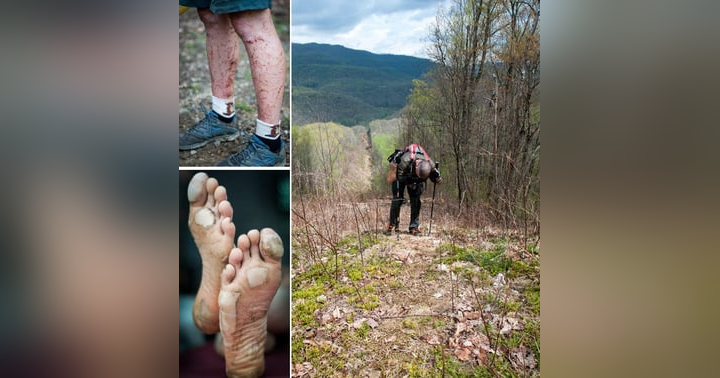Trekking Poles in Ultra Marathons: Boost or Burden? + Tips For Effective Use

When it comes to ultramarathons, every piece of gear and each element of strategy can make a significant difference in performance. Trekking poles, while commonly seen on the trails, have stirred a great debate among runners. Are they an essential tool that provides stability and support, or do they merely add unnecessary weight and complication to an already grueling endurance race?
The argument for using trekking poles is robust. For many, poles are a source of added propulsion, especially on steep inclines where the additional force from the arms can alleviate some of the burden on the legs. This can help maintain a more consistent pace, reducing leg fatigue and preserving energy for the long haul ahead. Moreover, poles offer stability on technical terrain, from navigating rocky paths to crossing streams, which not only enhances safety but can also boost a runner's confidence.
However, the cons of pole use are not to be overlooked. Carrying them adds an extra layer to race logistics, from deciding when and how to stow them on a pack to the mental energy spent remembering where you've placed them during aid station stops. Poles can be cumbersome, and their use might complicate tasks like eating and drinking on the move. There is also a risk of becoming overly reliant on them, potentially leading to decreased efficiency and increased energy expenditure.
Personal anecdotes from runners like Garrett Frederick, who finds that poles help him maintain rhythm, and Karen Ellis, who used poles to overcome an IT band flare-up during a race, provide real-world perspectives on the benefits of poles. Conversely, Stuart Secker points out that while poles can be useful, particularly in mountainous terrain or for stability on rough ground, they can also inadvertently encourage more walking and a slower pace.
The episode does not merely debate the utility of poles but also delves into the practicalities of choosing the right poles, like the popular Black Diamond Z-Poles and the Harrier's affordable carbon fiber options. Proper sizing and grip techniques are essential for efficiency, and training with poles well in advance of a race is imperative to ensure that runners can use them effectively without increasing overall energy output.
Ultimately, the decision to use trekking poles in an ultramarathon is a deeply personal one, hinging on a variety of factors, including the specific race course, the runner's individual strategy, and the potential for injury or overuse issues. The podcast encourages runners to experiment with poles in training and shorter races to gauge their comfort and effectiveness.
In conclusion, the episode presents a comprehensive look at the trekking pole debate, offering valuable insights for ultrarunners looking to optimize their performance. Whether one decides to embrace the aid of trekking poles or forgo them in pursuit of a more minimalist approach, the key is to find what works best for the individual. As with all things in ultrarunning, preparation, personalization, and practice are the cornerstones of success.







